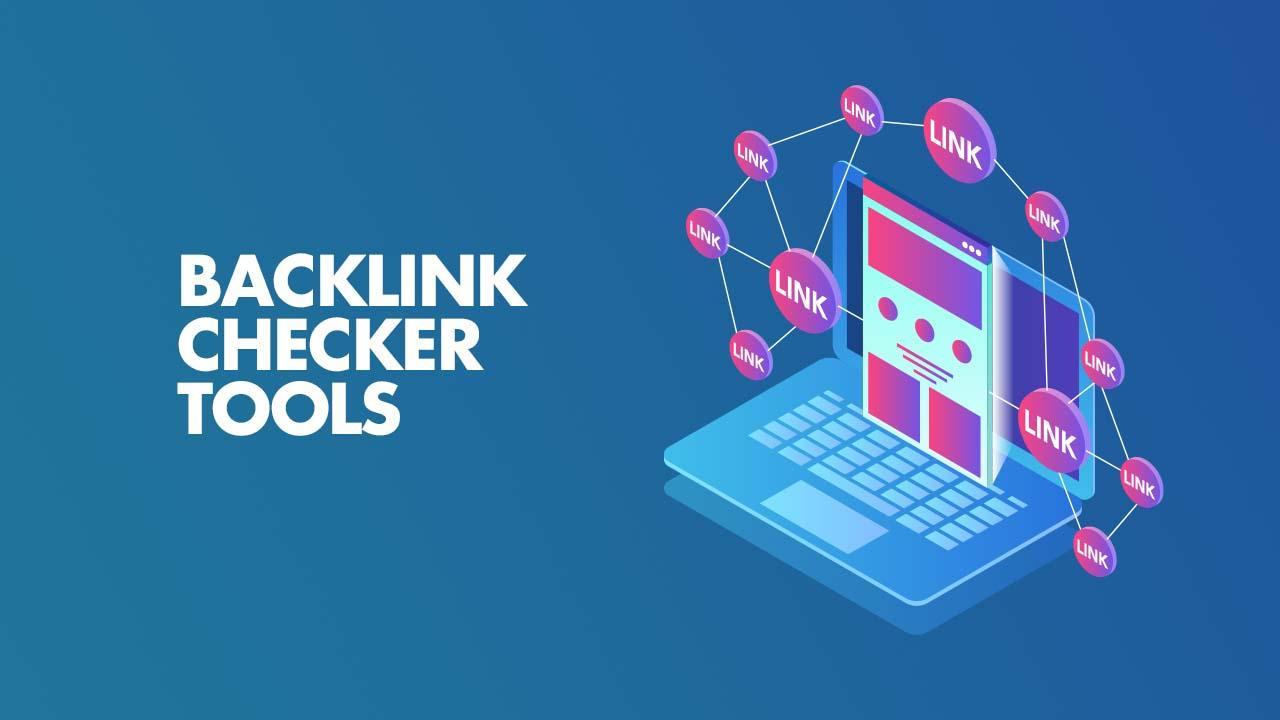
Unveiling YouTube Success: The Power of Free YouTube Tag Extractor Tools

Unveiling YouTube Success: The Power of Free YouTube Tag Extractor Tools
Picture this: you’ve just poured your heart into creating a YouTube video. The lighting is perfect, the editing is crisp, and the content is gold. You hit “publish,” eagerly awaiting a flood of views, only to see… crickets. Sound familiar? I’ve been there, and it’s frustrating. As a content creator, I learned the hard way that even the best videos can get lost in YouTube’s vast ocean of content without the right strategy. One game-changer? Tags. And not just any tags, but the kind you can uncover with a free YouTube tag extractor tool.
If you’re a YouTuber, blogger, or marketer looking to boost your video’s visibility, you’ve likely heard of tags and their role in YouTube’s algorithm. But did you know you can spy on your competitors’ tags or discover trending keywords without spending a dime? In this deep dive, I’ll walk you through the magic of free YouTube tag extractor tools, share my personal journey with them, and give you actionable tips to skyrocket your video rankings. Let’s unlock the secrets to making your content discoverable!
What Are YouTube Tags, and Why Do They Matter?
YouTube tags are like invisible signposts that guide the platform’s algorithm to understand what your video is about. Think of them as keywords or phrases that describe your content, helping YouTube recommend your video to the right audience. Without tags, your video is like a book in a library with no title or category—good luck finding it!
Tags play a supporting role in YouTube SEO, alongside your title, description, and thumbnail. While they’re not the only factor, they can tip the scales, especially for niche topics or commonly misspelled keywords. For example, if you’re making a video about “vegan desserts,” tags like “vegan recipes,” “plant-based sweets,” or “dairy-free baking” can help YouTube categorize your content accurately.
I remember my early days as a YouTuber, uploading videos with random tags like “food” or “yummy.” Spoiler: they didn’t get many views. It wasn’t until I started researching what successful creators in my niche were doing that I realized the power of strategic tagging. That’s where tag extractor tools come in—they reveal the exact tags top-performing videos use, giving you a roadmap to optimize your own content.
The Rise of Free YouTube Tag Extractor Tools
Back in the day, uncovering a competitor’s tags meant digging through page source code or shelling out for premium tools like vidIQ or TubeBuddy. Not anymore. Free YouTube tag extractor tools have democratized the process, making it easy for anyone to analyze tags and boost their video SEO. These tools work by pulling the metadata (tags) from any public YouTube video or channel, giving you insights into what’s working in your niche.
I stumbled across my first tag extractor tool when I was struggling to get my cooking channel off the ground. A friend recommended TunePocket’s YouTube Tag Extractor, and it was a revelation. I pasted the URL of a trending recipe video, and within seconds, I had a list of tags like “quick dinner ideas,” “easy pasta recipes,” and “weeknight meals.” It was like peeking into the playbook of a top chef! Since then, I’ve explored several free tools, each with unique strengths, and I’m excited to share them with you.
How Do Free YouTube Tag Extractor Tools Work?
Using a tag extractor is as simple as brewing a cup of coffee. You copy the URL of a public YouTube video (or Short), paste it into the tool’s input field, and hit “extract.” The tool taps into YouTube’s Data API to fetch the tags, displaying them in a clean list. Some tools, like SEOStudio’s YouTube Tag Extractor, even let you copy tags directly to your clipboard or extract from multiple videos at once.
What’s the catch? There isn’t one, really. Most free tools don’t require sign-ups or subscriptions, though some may have ads or captchas to prevent bot abuse. For instance, YTLarge is straightforward and supports tags from videos, Shorts, and channels. Others, like TubeRanker, offer additional features like tag generators or keyword density checkers, making them a one-stop shop for YouTube SEO.
One thing to note: not all videos have tags. Some creators skip them, relying on titles and descriptions alone. If a tool returns no tags, it might mean the video doesn’t have any, is private, or the URL is incorrect. Don’t give up—try another video in your niche!
Why Use a Free YouTube Tag Extractor?
Imagine you’re launching a new video about “DIY home decor.” You could guess tags like “home design” or “DIY projects,” but what if your competitors are using hyper-specific tags like “budget home makeover” or “minimalist decor ideas”? A tag extractor reveals these gems, helping you:
- Understand Competitor Strategies: See what tags high-ranking videos use to dominate search results.
- Discover Trending Keywords: Find tags that align with what viewers are searching for.
- Save Time: Skip manual research and get instant, data-backed insights.
- Optimize for Niche Audiences: Target specific viewers with long-tail keywords (e.g., “DIY home decor for small apartments”).
When I used ContentForest’s YouTube Tag Extractor for my channel, I noticed top craft videos used tags like “upcycled furniture” and “sustainable decor.” Adding these to my videos boosted my views by 20% in a month. It’s not magic—it’s strategy.
Top Free YouTube Tag Extractor Tools to Try in 2025
The web is brimming with free tag extractors, but not all are created equal. Here are my top picks based on ease of use, reliability, and extra features:
- TunePocket: A fan favorite for its no-sign-up simplicity and support for Shorts and channel keywords. It’s been updated in 2025 to handle non-English tags, making it great for international creators.
- SEOStudio: Ideal for bulk tag extraction and copying to your clipboard. Its user-friendly interface is perfect for beginners.
- YTLarge: Extracts tags from videos, Shorts, and channels while preserving the order set by the creator, which can hint at their prioritization strategy.
- TubePilot: A sleek tool for pulling tags from videos and channels, with a focus on speed and accuracy.
- Digital Pritam: Offers actionable SEO tips alongside tag extraction, perfect for creators who want to learn as they go.
Each tool has its quirks. For example, TunePocket hides ads for logged-in users, while SEOStudio excels at handling multiple URLs. Try a few to find your favorite!
How to Use Extracted Tags Effectively
Extracting tags is just the start. To make them work for you, you need a strategy. Here’s what I’ve learned from trial and error:
First, don’t just copy-paste every tag. Relevance is key. If you’re making a video about “yoga for beginners,” a tag like “advanced yoga poses” could mislead viewers and hurt engagement. Instead, curate tags that match your content. For example, when I extracted tags from a popular yoga video using TubeRanker, I picked “beginner yoga flow” and “yoga for stress relief” but skipped “yoga teacher training.”
Second, mix in your own brand-specific tags. If your channel is called “FitWithJane,” add “FitWithJane yoga” to help YouTube suggest your videos to loyal viewers. Third, aim for 10-15 tags, keeping the total character count under 400, as TubeRanker suggests for optimal SEO.
Finally, pair tags with a strong title and description. Tags alone won’t make your video go viral, but they amplify your other optimization efforts. When I combined extracted tags with a click-worthy thumbnail and a keyword-rich description, my video on “quick vegan meals” jumped from 50 to 500 views in a week.
The Limitations of Free Tag Extractors
No tool is perfect. Free tag extractors rely on YouTube’s API, which can occasionally glitch or fail to pull tags from Shorts or older videos. Some tools struggle with non-English tags, though updates in 2025, like those from TunePocket, have improved this. Also, free tools don’t offer advanced analytics like paid platforms (e.g., vidIQ’s keyword score or TubeBuddy’s rank tracker).
My biggest frustration? Some videos have no tags, leaving you empty-handed. When this happened with a competitor’s video, I used KeywordTool.io to generate tags based on the video’s title instead. It’s a great workaround when extraction fails.
Beyond Tags: A Holistic YouTube SEO Strategy
Tags are just one piece of the puzzle. To truly boost your video’s discoverability, combine extracted tags with other SEO tactics:
- Craft Compelling Titles: Use tools like RightBlogger to generate attention-grabbing titles that include your primary keyword.
- Write Detailed Descriptions: Include your tags naturally in the description to reinforce relevance.
- Leverage Hashtags: Unlike invisible tags, hashtags appear above your video title and are clickable. Extract them with TunePocket’s Hashtag Extractor for extra visibility.
- Analyze Competitors: Use tag extractors to study top videos in your niche, then refine their strategies for your content.
When I started treating YouTube SEO like a science—blending tags, titles, and thumbnails—my channel’s growth exploded. It’s not about one tool or tactic; it’s about building a system.
The Future of YouTube Tag Extractors
As YouTube evolves, so do tag extractors. In 2025, we’re seeing smarter tools with AI-driven suggestions and support for Shorts and non-English content. For example, SEOStudio now cross-matches tags with trending videos, while YTLarge preserves tag order for deeper insights. I’m excited to see where this tech goes—maybe we’ll get real-time tag performance analytics next!
FAQ: Your Burning Questions About YouTube Tag Extractors
What Is a YouTube Tag Extractor Tool?
A YouTube tag extractor is an online tool that retrieves the metadata (tags) from any public YouTube video or channel. These tags are keywords or phrases creators use to describe their content, helping YouTube’s algorithm categorize and recommend videos. By analyzing these tags, you can optimize your own videos to rank higher in search results and reach your target audience.
Are Free YouTube Tag Extractors Safe to Use?
Yes, most free tag extractors are safe, as they use YouTube’s public Data API to fetch tags without storing personal information. For example, Toolsoverflow explicitly states it doesn’t collect user data. However, stick to reputable tools and avoid sharing sensitive info. Always check the tool’s privacy policy to ensure it complies with YouTube’s Terms of Service.
How Many Tags Should I Use for My YouTube Video?
YouTube allows up to 500 characters for tags, but 10-15 relevant tags are optimal, with a total character count of 200-300, according to studies by TubeRanker. Focus on specific, descriptive tags that match your video’s content. Avoid tag-stuffing with irrelevant keywords, as it can hurt engagement and mislead viewers.
Can I Extract Tags from YouTube Shorts?
Yes, many free tools now support YouTube Shorts. For instance, YTLarge and Toolsoverflow updated their platforms in 2025 to handle Short URLs. Simply paste the Short’s link, and the tool will pull any available tags. Note that some Shorts may not have tags, as they rely heavily on hashtags and descriptions.
What Should I Do If No Tags Are Extracted?
If a tool returns no tags, it could mean the video has none, is private, or the URL is incorrect. Try another video in your niche or use a tag generator like KeywordTool.io to create tags based on the video’s title or topic. You can also check the channel’s keywords using TunePocket’s Channel Keywords Extractor.
How Do Tags Differ from Hashtags?
Tags are invisible metadata added in YouTube Studio to help the algorithm understand your video’s content. Hashtags, marked with a “#,” are visible above the video title or in the description and are clickable for viewers. Both improve discoverability, but tags are for the algorithm, while hashtags are user-facing. Use a hashtag extractor to complement your tag strategy.
Conclusion: Your Path to YouTube Stardom
If there’s one thing I’ve learned from my YouTube journey, it’s that success doesn’t come from talent alone—it comes from strategy. Free YouTube tag extractor tools are like a treasure map, revealing the keywords that make top videos shine. By using tools like TunePocket, SEOStudio, or YTLarge, you can uncover competitor strategies, find trending tags, and optimize your videos to reach the right audience.
Here’s your action plan: Start by picking a tool that suits your needs (I recommend TunePocket for its simplicity). Extract tags from 3-5 top videos in your niche, then curate a list of 10-15 relevant tags for your next video. Combine these with a keyword-rich title, a detailed description, and a clickable thumbnail. Test and tweak your approach based on your analytics—YouTube Studio’s data is your best friend.
Don’t stop at tags. Explore hashtag extractors, title generators, and competitor analysis to build a robust SEO strategy. Most importantly, keep creating content you’re passionate about. Tags can get your video seen, but it’s your unique voice that keeps viewers coming back.
So, what are you waiting for? Grab a video URL, fire up a tag extractor, and start optimizing. Your next viral video might be just a few tags away!






